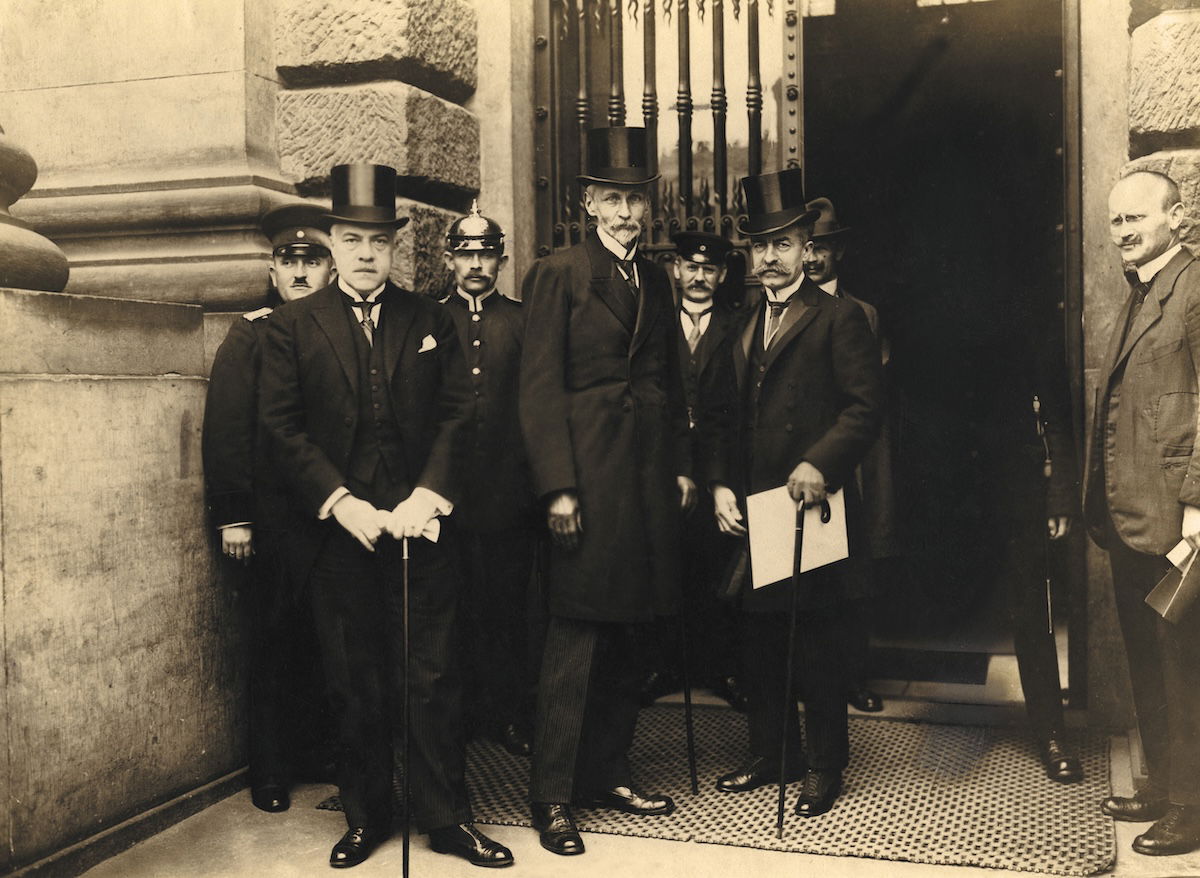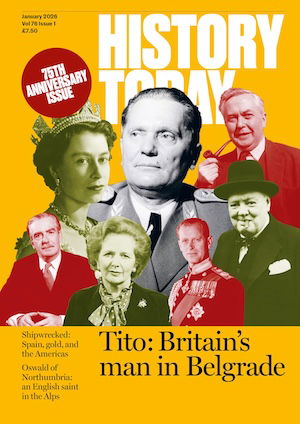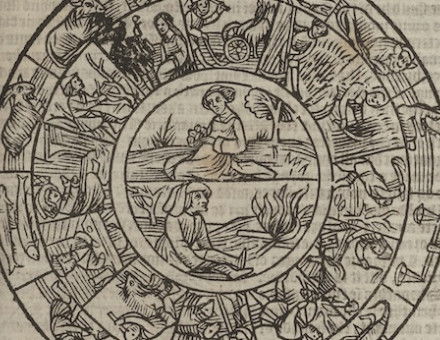The Failure of the Leipzig War Crimes Trials
An attempt to prosecute German war criminals in 1921 failed to such an extent that the entire enterprise is largely forgotten. What went wrong?

In the aftermath of the First World War, a quarter of a century before the Nuremberg and Tokyo war crimes trials, Britain, France, and other Allied or Entente powers conducted a bold experiment in international justice. Widely denounced as a failure, and barely remembered today, the experiment has important lessons for international justice in a world once again dominated by war.
At the end of June 1918 the Canadian hospital ship HMHS Llandovery Castle, steaming from Halifax in Nova Scotia to Liverpool, was torpedoed by the German U-boat U-86. According to the official report:
The ship went down within ten minutes of being struck, and for upwards of two hours the submarine repeatedly attempted to blot out all traces of the deed by rushing to and fro among the wreckage and firing twenty shells or more from the large gun they carried. Only one boat with 24 survivors escaped. This crime surpassed in savagery the already formidable array of murders of non-combatants by the Germans.







